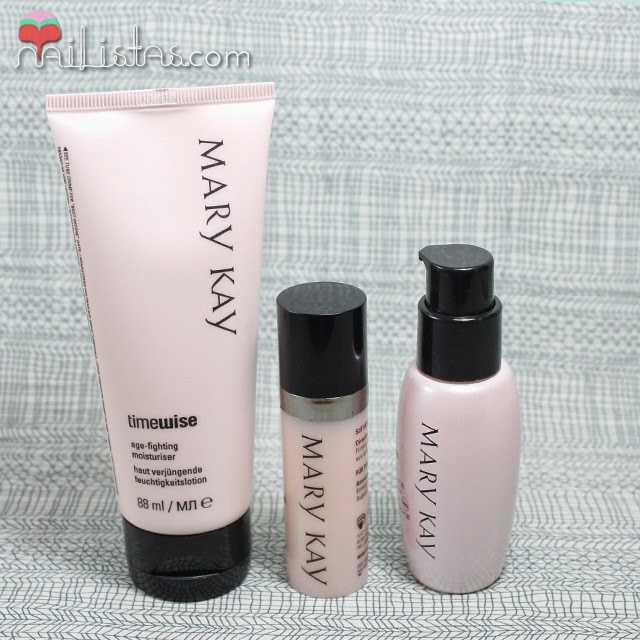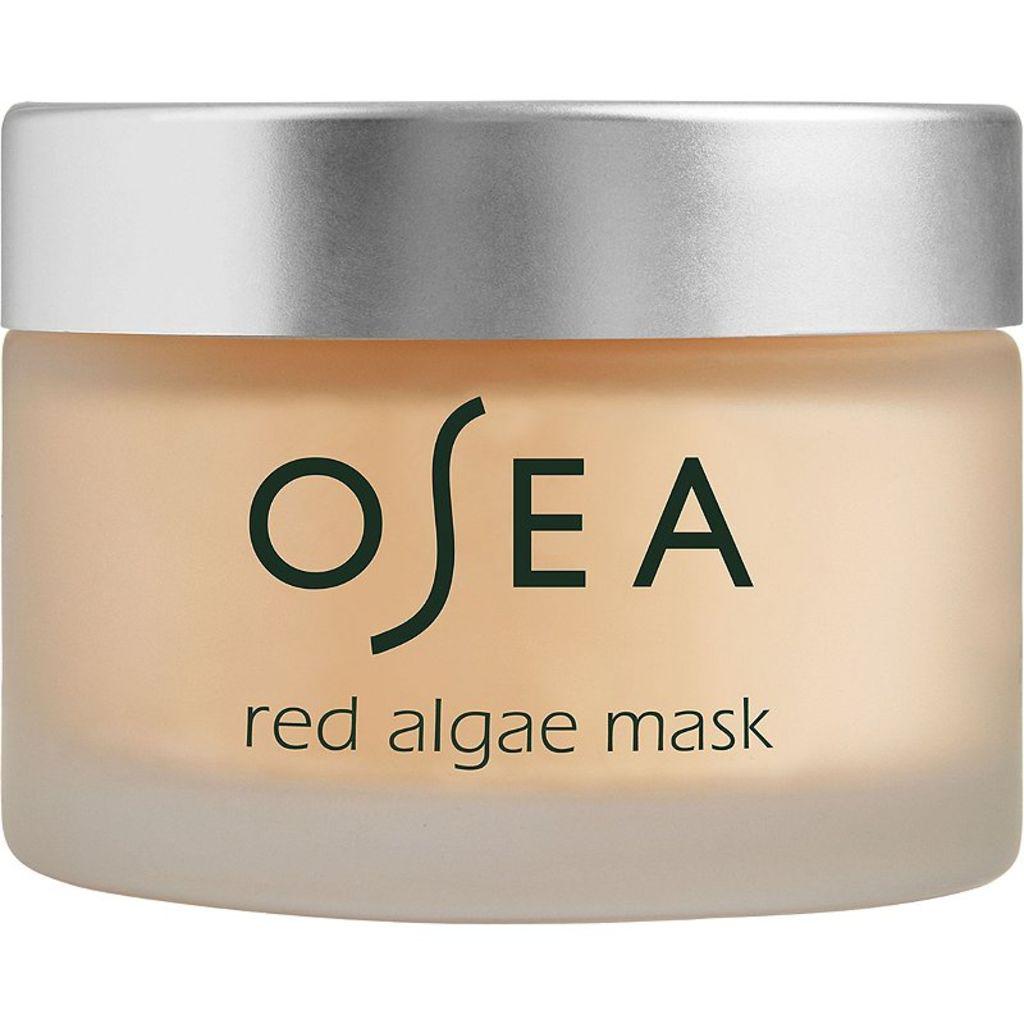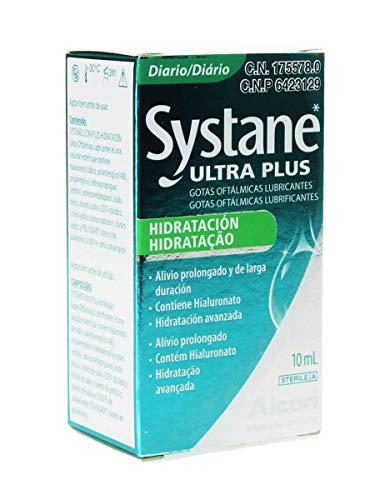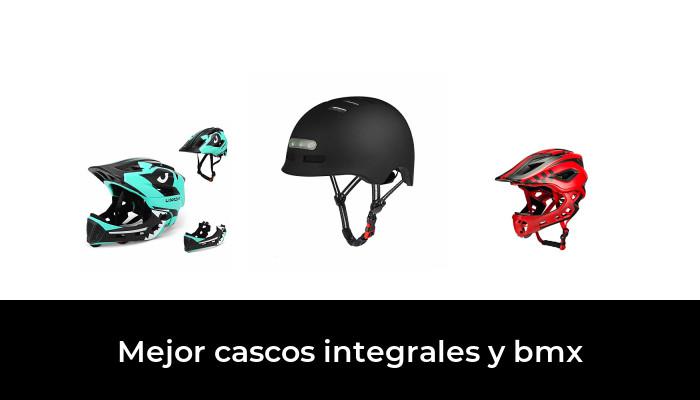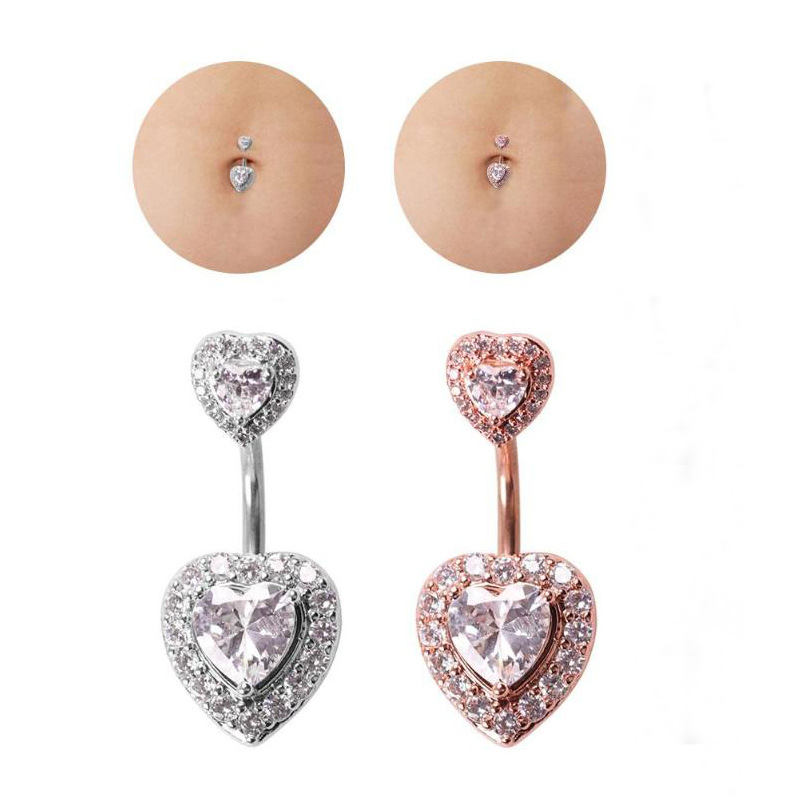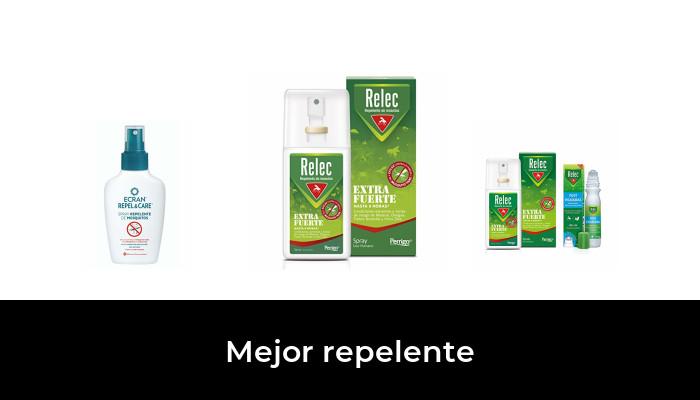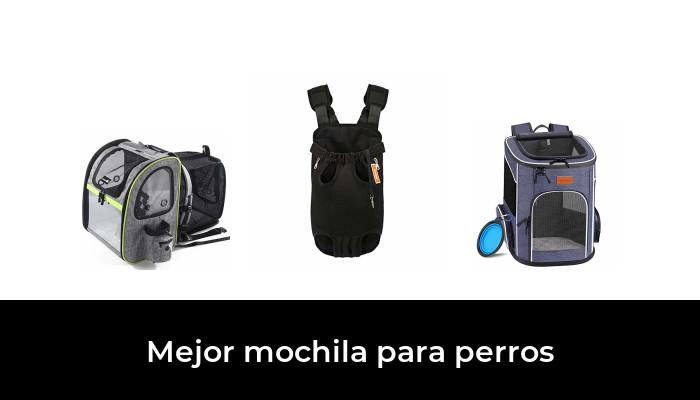Physical Suncommure Protector vs.Chemical sunscreen: which is the best?
Por Ana Gándara
Every year, with the arrival of summer, the same doubt assaults us: What is the best sunscreen?Although we should use it throughout the year - or at least on the face, which is always exposed - this is the time when we start seriously to compare brands, textures, finishes and we ask ourselves, once again, if we should betby a physical or chemical filter.Our needs - that is, the type of defense that we require according to the activity -, our type of skin and even sensory are key to making this decision, but for this we must know first hand the essential differences between these two types of lots, and then, starting from that base, analyze the rest of the factors.From what they differ and how to identify them to which one is more appropriate for each type of skin, we tell you everything to know about the chemical photoprotector debate vs..physical.
¿Cuáles son las diferencias entre un protector solar químico y unophysical?
The difference, essentially, is in its composition and how it acts on our skin. Según explica el doctor Pedro Rodríguez, de Clínica Dermatológica Internacional, “elphysical (también llamado inorgánico o mineral) refleja y dispersa la radiación UV, a diferencia del químico u orgánico, que absorbe la radiación UV y la convierte en una pequeña cantidad de calor”. Es decir, el primero se queda sobre la superficie de la dermis a modo de escudo, mientras que el otro actúa desde el interior (de hecho, es por eso por lo que con los solaresphysicals no hace falta esperar una media hora antes de la exposición solar, como sí ocurre con los químicos, pues hay que aguardar hasta que se absorban).
Otra distinción importante derivada de esto es que, tal como señala el farmacéutico Felipe Martín, responsable de Farmacia Galileo61, mientras que losphysicals o minerales actúan “a modo de pantalla que refleja y dispersa los rayos UV, evitando que las radiaciones penetren en la piel y puedan dañarla”, los químicos pueden aportar una protección contra “los rayos UVB, UVA, los de radiación visible o todos ellos.In general, they stand out for protecting before a wide variety of solar rays and for their good cosmeticity, since they are easily absorbed by the skin and do not stain clothes ”.Therefore, if we want a well -known defense as a broad spectrum, we will have to look for it among chemicals or organic.
Are they equally troops?
Despite their differences, to protect ourselves from the sun - always and when we are using them correctly both in the amount of product and in distributing them well throughout the cutaneous surface - the DR.Rodríguez confirms that "used in ideal conditions, both are equally troops".Felipe Martín coincides, who adds that to a large extent “his choice will also depend on the type of skin of each one”, which leads us to the next question.
¿Cuándo escoger un filtrophysical o mineral?
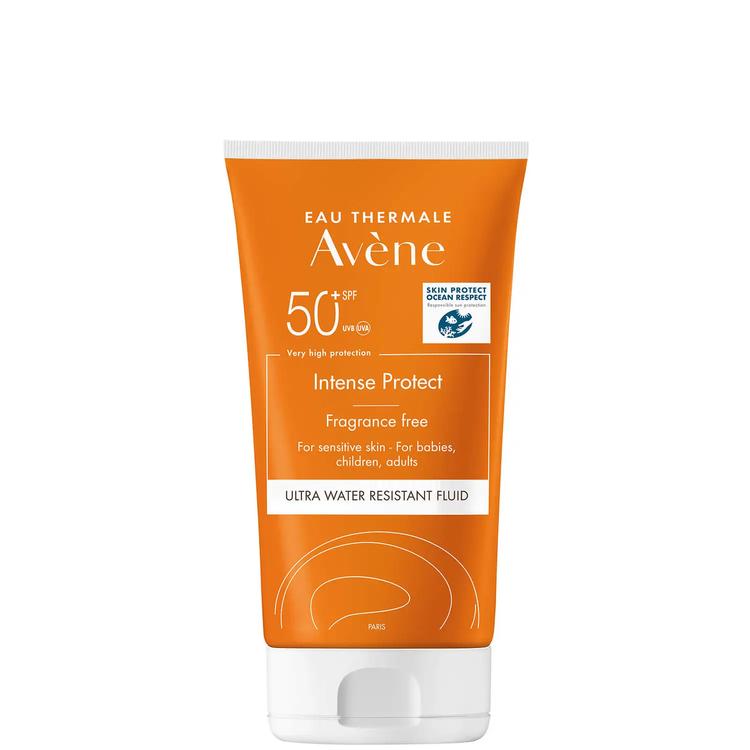
Hay varios casos en los que los expertos recomiendan apostar por un filtrophysical o mineral, especialmente si buscamos un fotoprotector para los más pequeños. “Para niños, en mi opinión, prefiero unophysical por tener una precaución extra con lo que entra en contacto con ellos.In 2020 two very relevant articles were published in the Jama Dermatology magazine where it is clear that chemical photoprotectors are absorbed and reached the blood.This has not been correlated with any problem or disease, but the data is there, ”warns Dr. Rodríguez. Asimismo, la piel de los niños suele ser más sensible, por lo que Felipe Martín indica que losphysicals o minerales se pueden emplear para proteger “incluso a los más pequeños o bebés, a partir de los 6 meses”.
For this reason, both specialists agree that they are also generally recommended for any person with sensitive skin, because "they are less irritating because they are not absorbed, they form a film above the skin," clarifies the expert of international dermatological clinic.Moreover, the person in charge of Farmacia Galileo61 adds that, because they are more respectful formulas, they are perfect for using “after a laser procedure, peeling or on scars, since in general they are not usually hypoallergenic and do not present skin reactions”.It also recommends them in cases of dermatitis or similar skin conditions, and adds that "they are ideal for people who suffer from skin spots due to their coverage".
Regarding the type of skin - a factor to take into account - in addition to those that are sensitive, Felipe Martín also advises this type of filters for dry skin, because “they are more moisturizing but difficult to absorb cutaneous absorption”, so theirTexture may not be the most indicated for fatty skin (although there are formulations that, as we will see, are an exception).
Buy: MINERAL SOLAR PHOToprotector SPF 50 for the face, by Heliocare (€ 24.44).
COMPRAR: Fotoprotector solarphysical SPF 50 para cara y cuerpo, de Korres (22,28 €).
Buy: Mineral Solar photoprotector SPF 50, from Skinceuticals (€ 40.19).
When to choose a chemical or organic filter?
Basically, if we do not meet any of the previous categories - especially if we are adults and we do not have sensitive skin - we can use a chemical or organic sunscreen without problems.As strengths, Felipe Martín points out that “they are lighter, easy to apply and resist water.In addition, they are easily absorbed and do not stain ”, therefore, it is especially advised for skin with fatty trend.
Como comenta el experto, esa rápida absorción y fácil aplicación hace que los solares químicos sean una opción más cómoda, sobre todo si nos da pereza usar el fotoprotector, pues tradicionalmente los filtrosphysicals suelen dejar una capa blanquecina debido a que se quedan en la superficie de la dermis en lugar de ser absorbidos. Sin embargo, ambos especialistas coinciden en que las nuevas fórmulas tienen una textura mucho más ligera que hace que sean prácticamente invisibles, así que si no queremos usar uno químico, también hay buenas opciones entre losphysicals.In this sense, the pharmacist highlights the Heliocare mineral filter.
Buy: SPF 50 Ultra Water Resistant Suncom.
Buy: SPF 50 ultralight sun protector, by Gisèle Denis (€ 17.90).
Buy: SPF 50 Facial Sun Protector Sea Friendly, from ISDIN (€ 24.99).
Which ones are more respectful of the environment and aquatic life?
En los últimos años ha surgido un debate importante sobre el impacto que los fotoprotectores pueden causar sobre la vida acuática de los mares y océanos, pues tradicionalmente los filtros químicos se han relacionado directamente con el deterioro de la flora y fauna que habitan en las aguas, por lo que para su conservación, se suele preferir los solaresphysicals.As Felipe Martín indicates, “the filters called chemicals are more aggressive with the ocean.Specifically, the oxibenzone found in them damages the DNA of the corals and decreases the population of them, with serious medium -term consequences for the marine ecosystem ”.In fact, he says that "some countries are changing laws to prohibit the marketing of solars or products with this component, as is the case of Hawaii".
However, it should be noted that more and more brands formulate their chemical photoprotectors without this harmful ingredient and seeking to be as respectful as possible with aquatic life, so DR.Rodríguez recommends that we look at its label, where they usually specify whether they have been formulated taking this, as is the case with Garnier, Avène or Isdin, who already communicate it in their packaging.Although in doubt, we can always turn the container and search among its ingredients if it includes oxibenzone.
Buy: Cream Gel Sun Protector with SPF 50, from Apivita (€ 17.50).
Buy: Sun protection mist with Biotherm (€ 35).
Buy: Protective milk with SPF 50, from Garnier (€ 8.45).
¿Cómo distinguir un fotoprotectorphysical de uno químico?
Si no vemos especificado en su etiqueta qué tipo de fotoprotector estamos comprando, Felipe Martín indica que una forma fácil de diferenciarlos es por su textura, pues “los químicos suelen tener más variedad y se presentan como spray, fluido y fórmulas muy líquidas, mientras que losphysicals suelen verse como la típica crema blanca que conocemos de siempre", aunque esta máxima no es 100% eficaz pues, tal como comentábamos antes, los solares minerales están evolucionando rápidamente para ofrecer mayor variedad de soluciones.So in doubt, again, the ingredients do not lie:
And the mixed filters?
There is a third category that does not yet pay too much attention, but which can be very interesting: mixed solar filters. Es decir, una mezcla dephysicals y químicos que, como indica el doctor Rodríguez, “resulta idónea, ya que los filtros químicos existentes hoy en el mercado son totalmente seguros y han superado los correspondientes controles de calidad y, con la combinación podemos buscar un efecto más completo”.And not only do they protect more broadly, but according to Felipe Martín, "these formulas include antioxidants that act against premature photoexing of cells, have a greater anti -aging power".
Buy: ultralight mixed sunscreen with SPF 50, sensilis (€ 21.50).
The best sunscreens for athletes of all kinds
For Lucia Tejo

![47 best antiage nutritive cream in 2022 [based on 326 reviews]](https://website-google-hk.oss-cn-hongkong.aliyuncs.com/drawing/article_results_6/2022/2/27/1918fc37c66ad30564173e69d9df88a0.jpeg)
